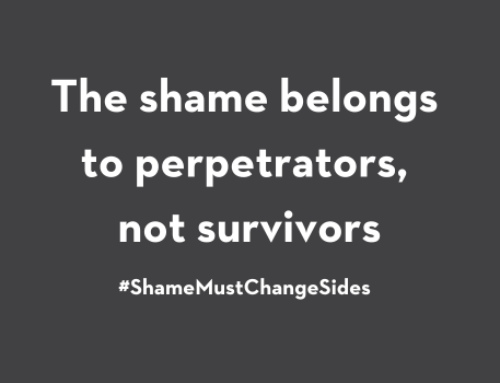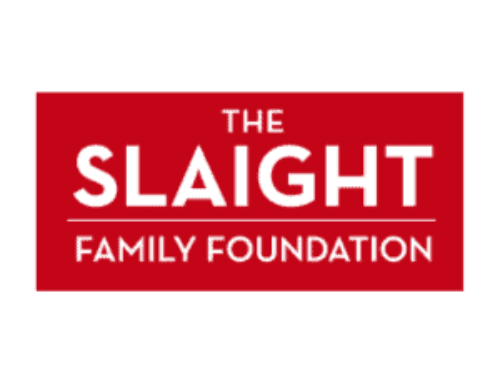Around the age of six or seven, each of my three sons anxiously asked me: “Mummy, do you care more about girls than you care about boys?” Or, more specifically: “Mummy, do you care more about girls than you care about us?”
It’s a bittersweet question. Admittedly, we do talk a lot about women and girls in our house. So, when they voice these concerns, we discuss why I’ve spent much of my career working toward gender equality and preventing gender-based violence.
I explain why it’s important for everybody to work for girls and women; why it’s about all of us, not about “them” and us. These conversations aren’t always easy, but I’m often reminded why we must keep having them.
As we mark this year’s anniversary of the Montreal Massacre, I’ll talk to my sons about its significance and legacy. Each year, I generally attend a vigil, a lecture, or another event related to the day in 1989 when an armed man walked into the École Polytechnique de Montréal, isolated a group of female students and started a rampage that killed 14 women. He told them he was fighting feminism.
It’s been almost 30 years since this inconceivable act of violent misogyny, but Canadians must keep asking ourselves: What are we doing to make women’s and girls’ lives safer? And what are we doing about it now? Not 100 years from now. Of course, making substantive progress means improving policy, legislation, resources, and funding to address gender-based violence in all its forms, rather than continuing to let it simmer on the back burner.
But it’s not all about change at the government level; there’s so much we can do at the grassroots level to prevent the transmission of inequality and misogyny to the next generation. Patterns of abuse and entitlement to women are often learned at a young age, so prevention of inequality and misogyny has to start early—in our homes, schools, and communities. That’s why the Canadian Women’s Foundation funds teen healthy relationship programs across the country.
These programs offer teens of all genders the tools and the language to understand how the dynamics of gender, power and control can impact their own lives. And the difference they make is clear. Our evaluations show that 72 per cent of participants learn to recognize the signs of a healthy relationship, and 70 per cent said they better understand that all genders should have the same opportunities.
Teens who participate in the programs speak to the impact most powerfully. It was like a “light bulb flicking on” for Ben Lord, who attended the Making Waves program in Nova Scotia when he was in high school. “Now I can’t open up a magazine without noticing all the sexism,” he said when he shared his experience with the Foundation. “It’s baffling that it’s so normalized. We just mindlessly consume all of this patriarchal imagery and it’s very detrimental to everyone. These aren’t just women’s issues.”
How do these programs succeed in communicating that all of us have a stake in achieving gender equality? One reason is that they engage young people at a crucial point in their lives, when friendships and dating become focal points. The programs provide a rare opportunity to talk about creating healthy relationships in a supportive environment, as well as to practice skills like setting boundaries and resolving conflicts. Teens begin to recognize how traditional gender roles limit their own lives, and develop the critical-thinking skills to challenge them. I firmly believe, as Ben says, that “these programs need to be available to everyone.”
As a parent, what I’ve learned from working with teen healthy relationship programs continues to influence conversations with my own sons about gender inequality. They’re now developing the maturity to realize that the “gender box” constrains and controls them as well. They see how they’re expected to behave in a “masculine” way, and if they don’t they’ll be ridiculed or pushed around.
But I’m also impressed to see that my older boys are beginning to realize their own agency. I see them starting to channel their frustration into being part of the social change we all want. And that gives me great hope. Because gender equality is about all of us, not about “them” and us.
Learn More:
- Take Action During 16 Days of Activism Against Gender-Based Violence!
- Day 12: Remembering the École Polytechnique Massacre
- National Day of Remembrance & Action, December 6, 2014
Take Action:
- Sign up for our e-newsletter to have our latest stories and resources sent to your inbox.
- Follow us on Facebook and Twitter to join a national conversation about empowering girls.







